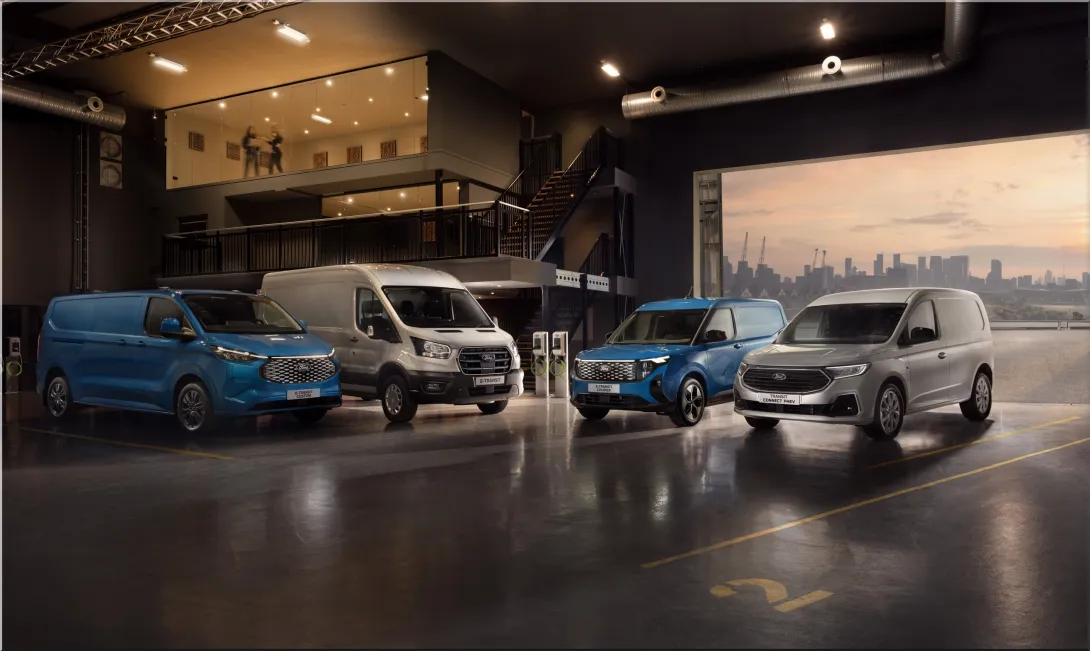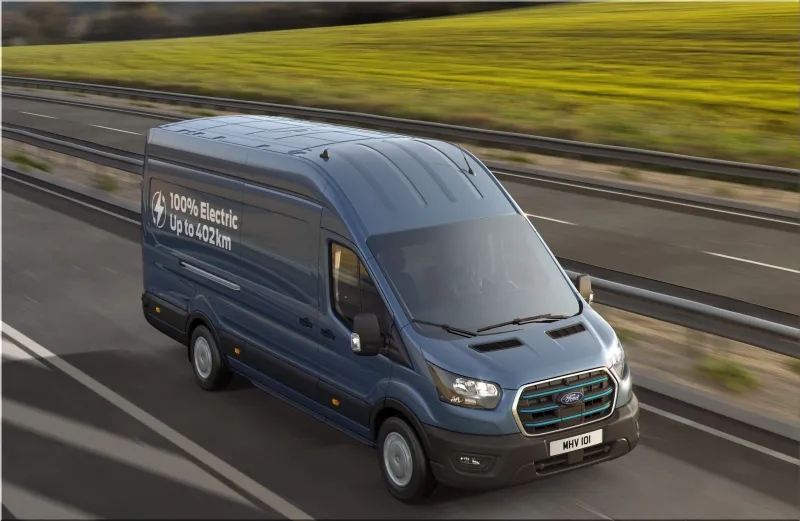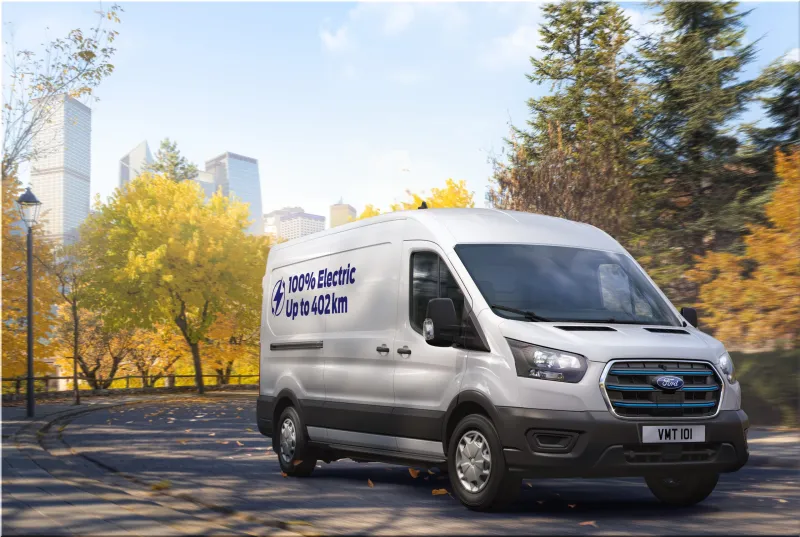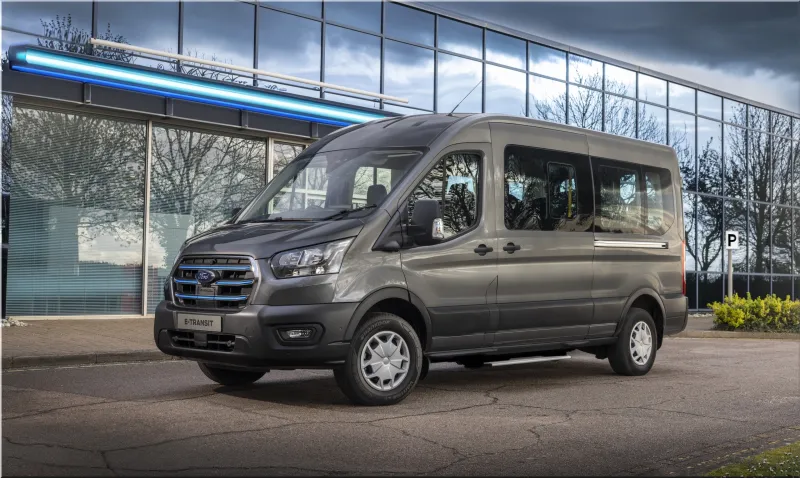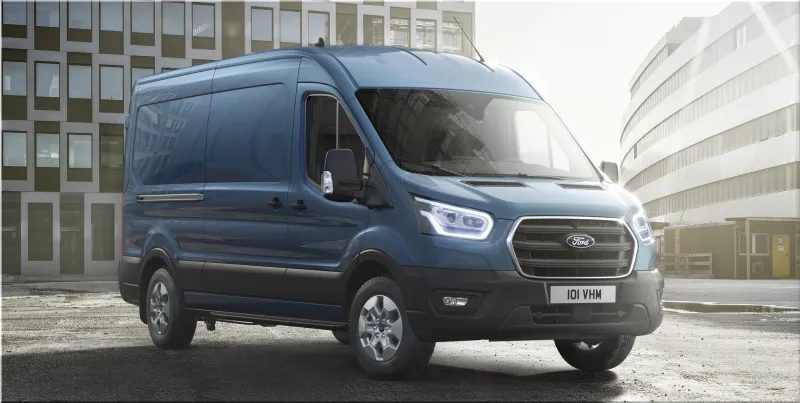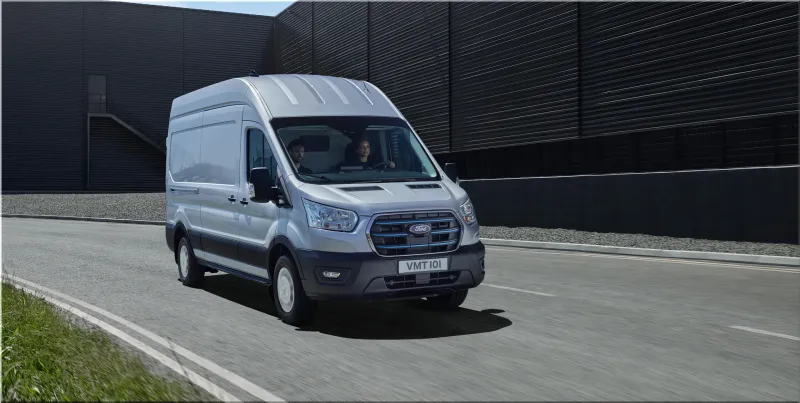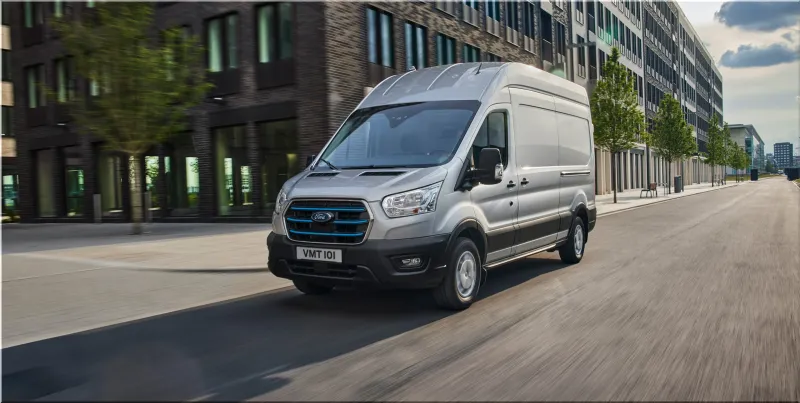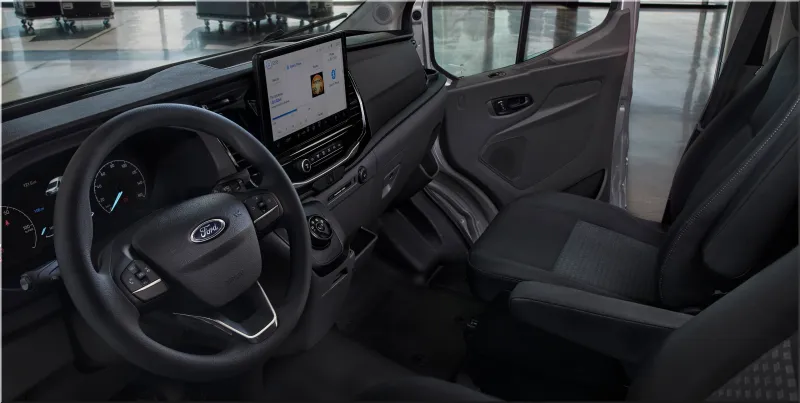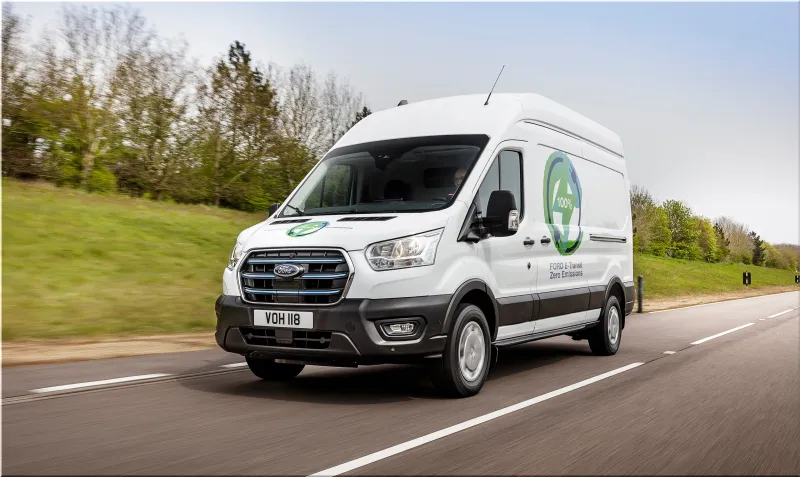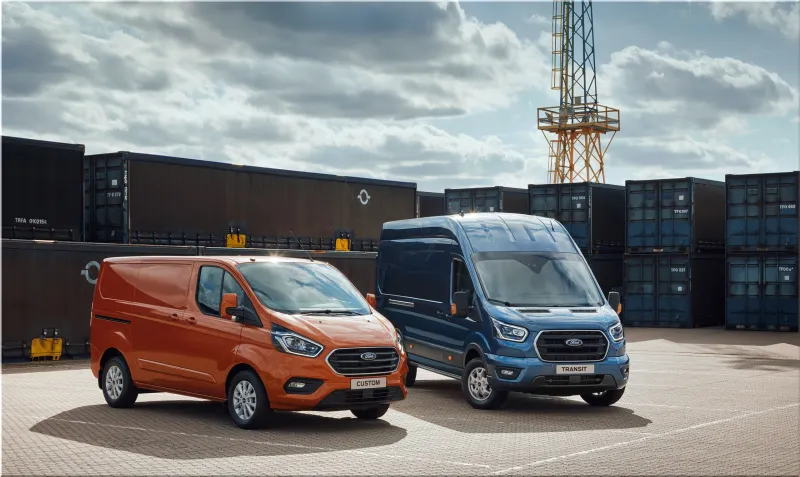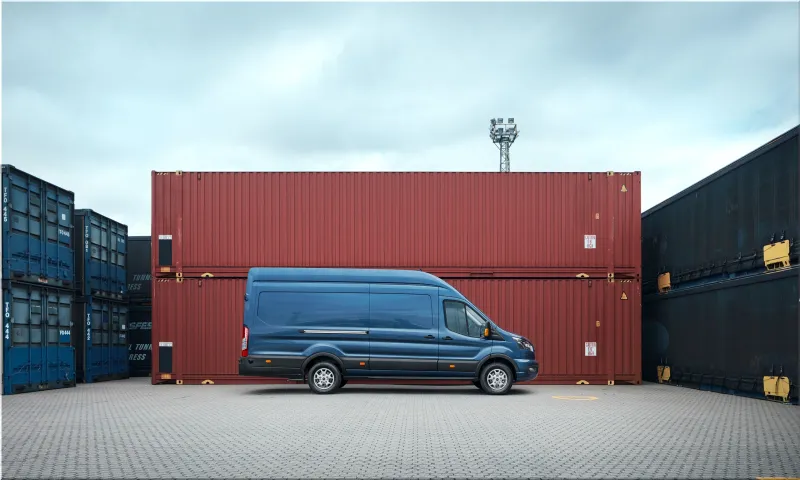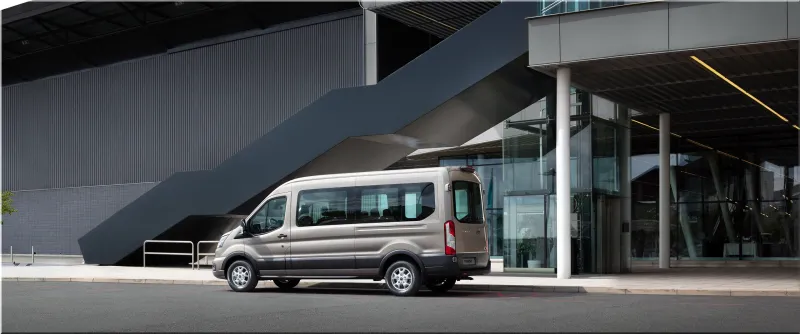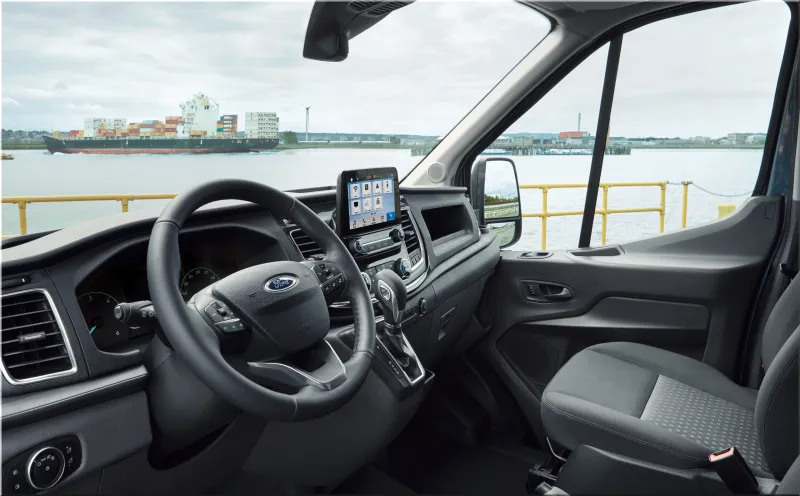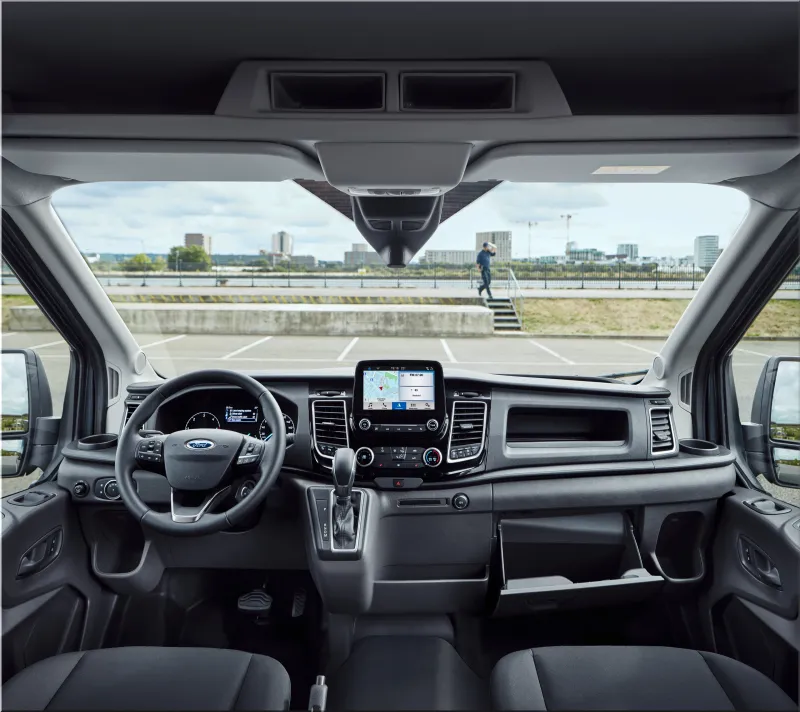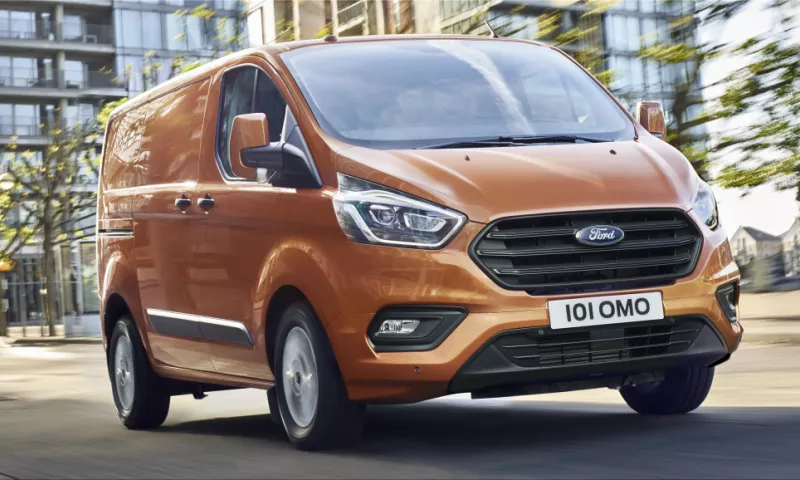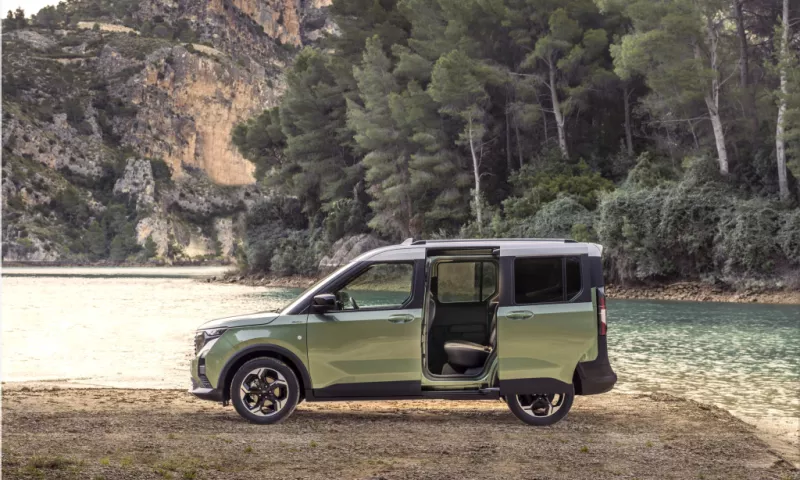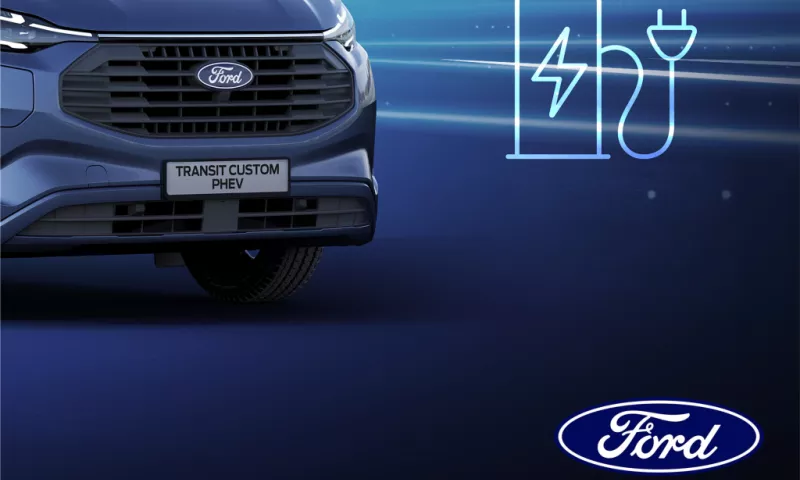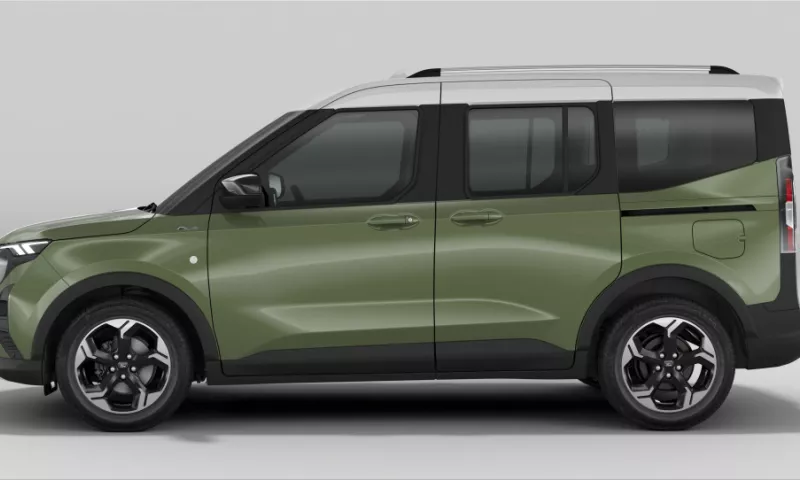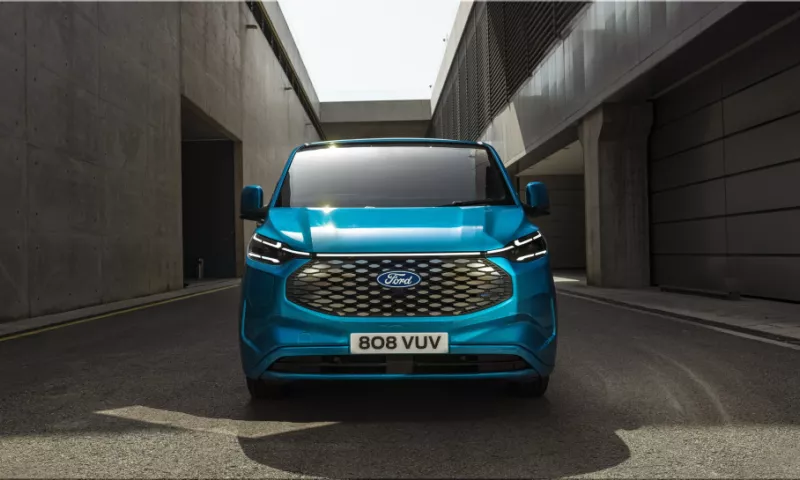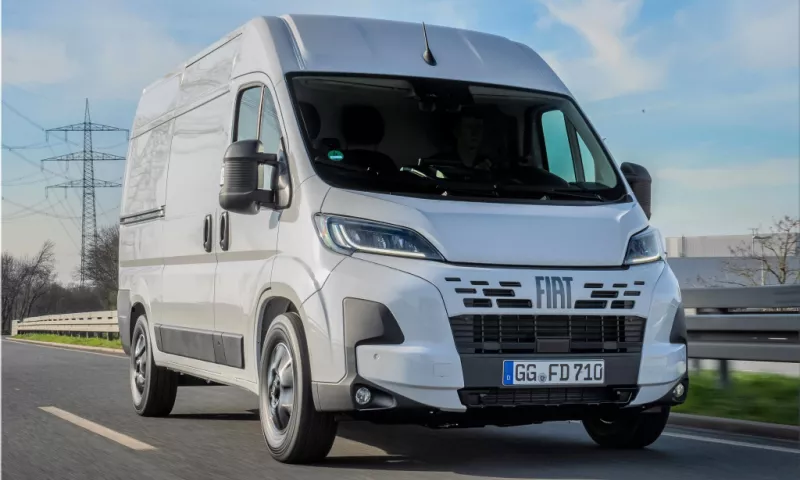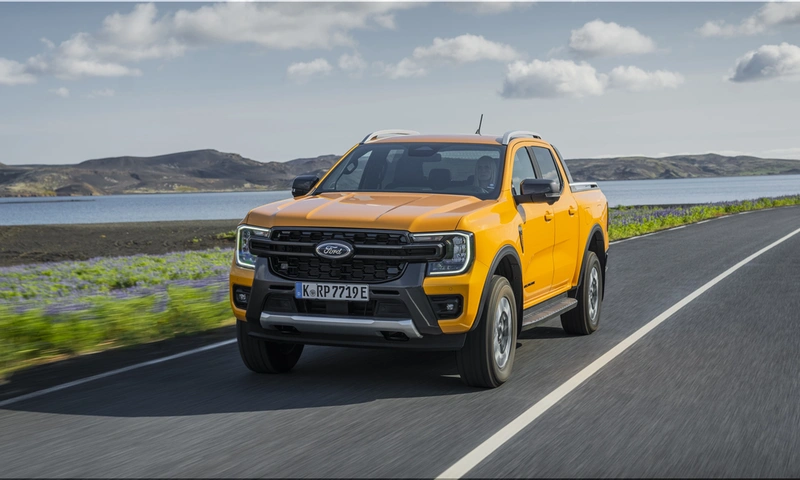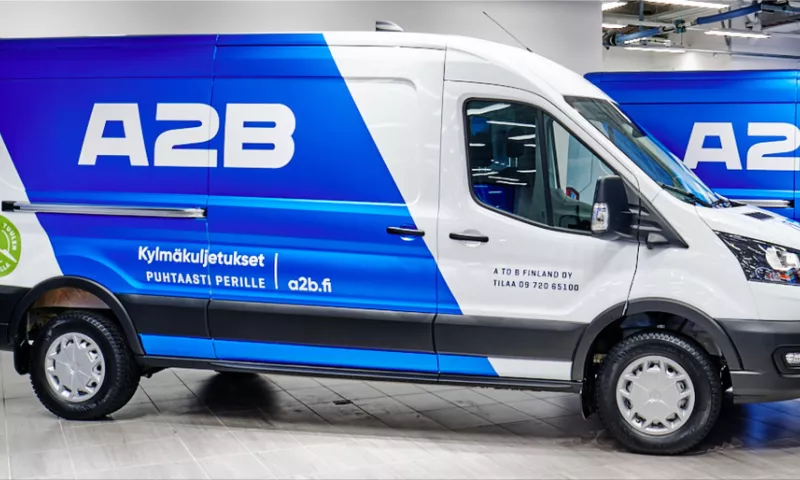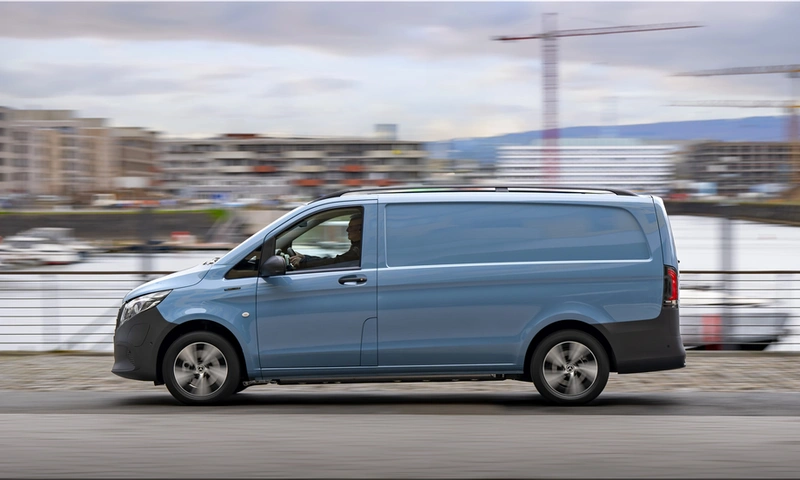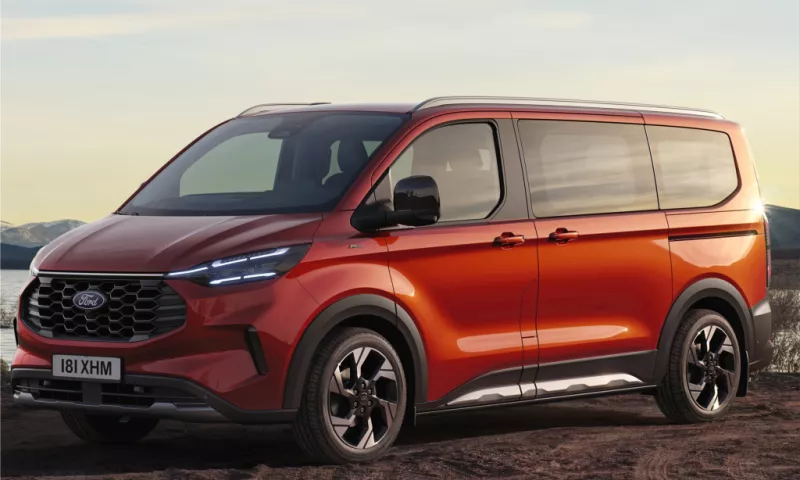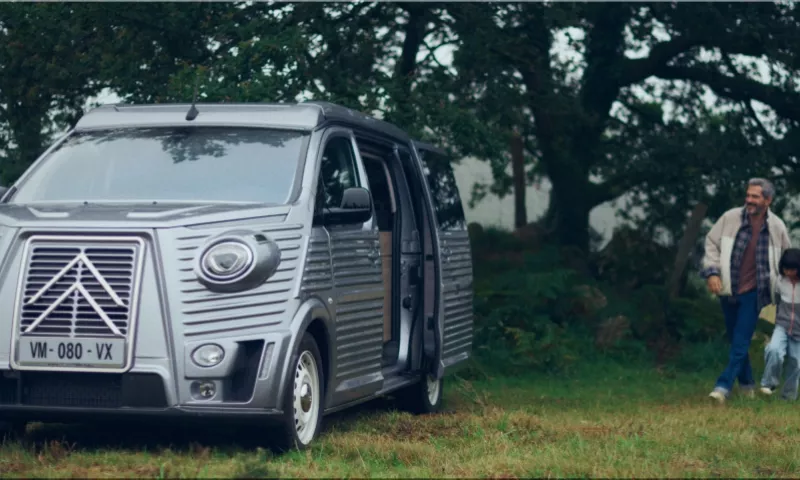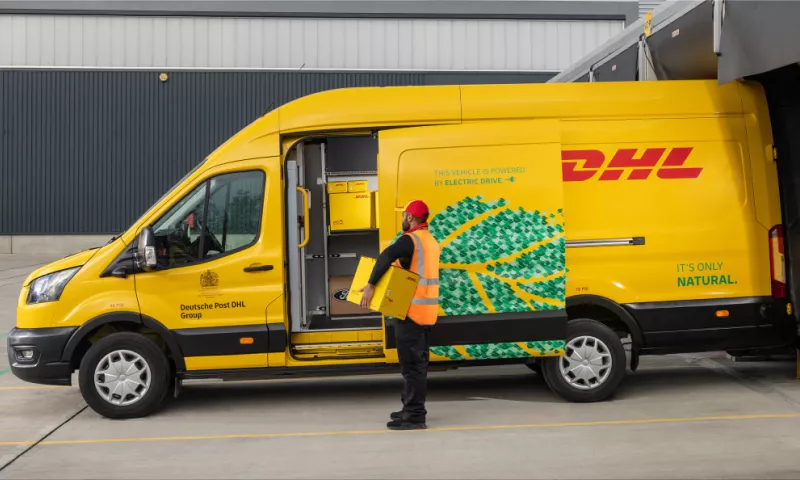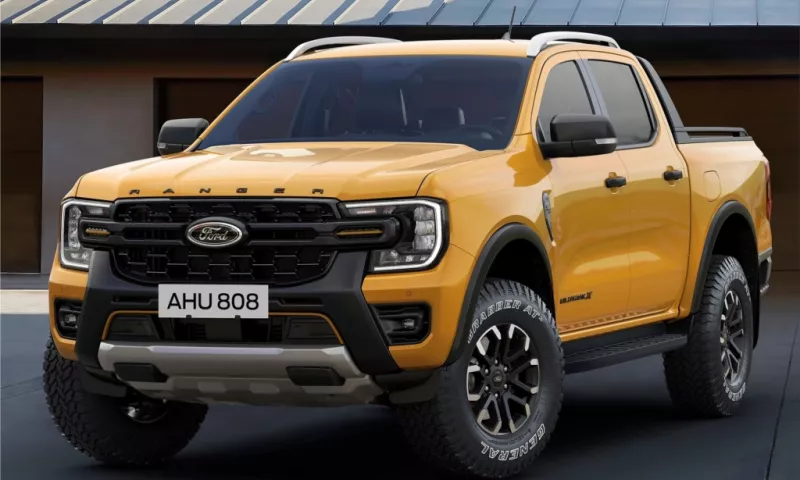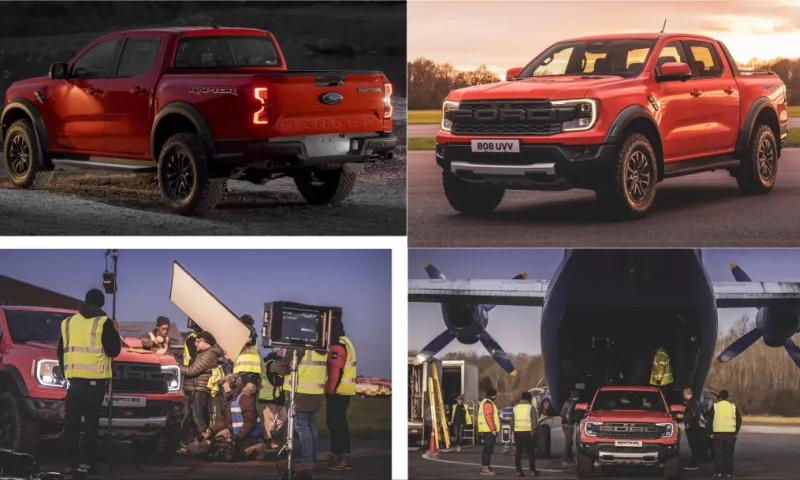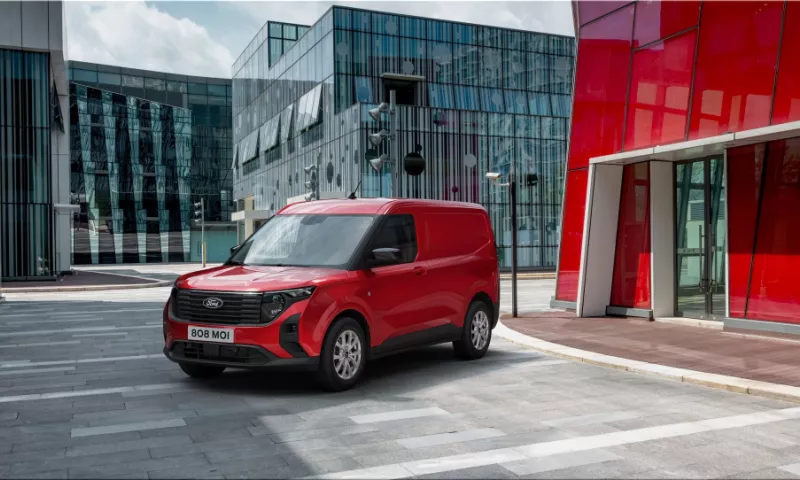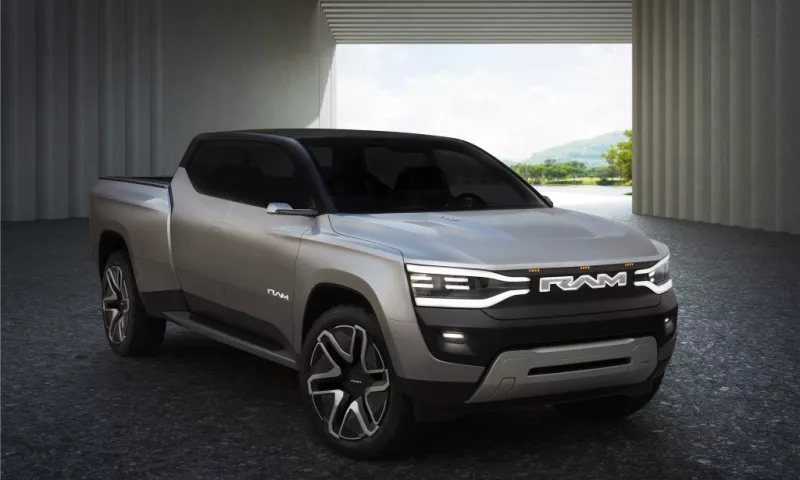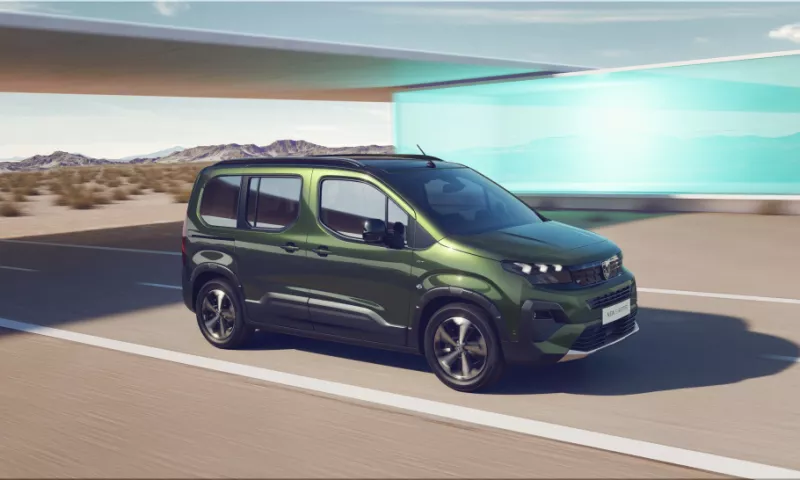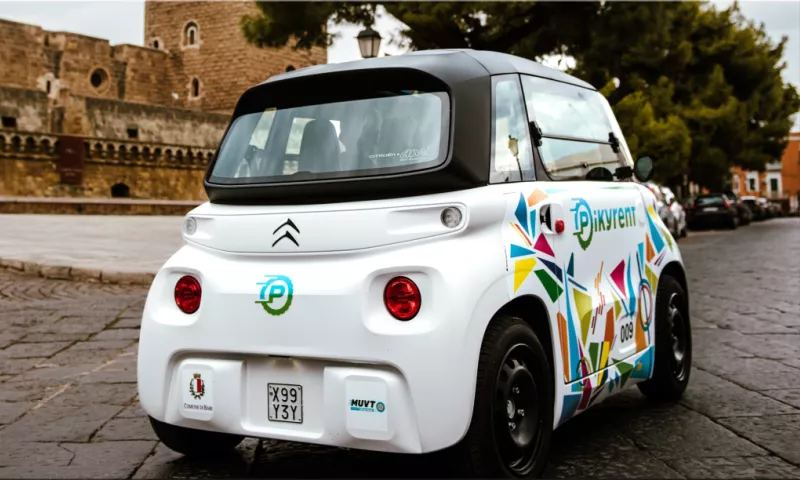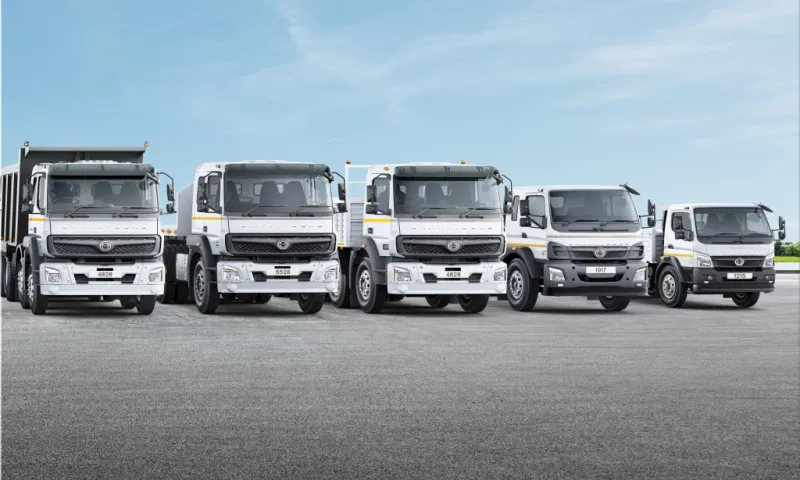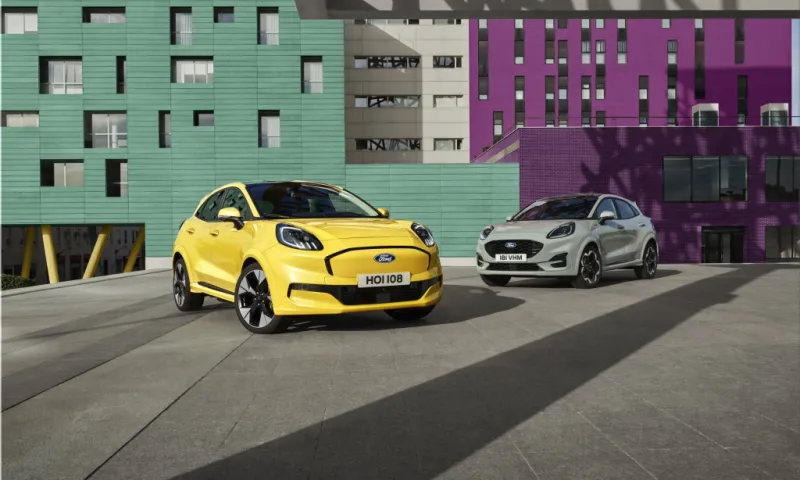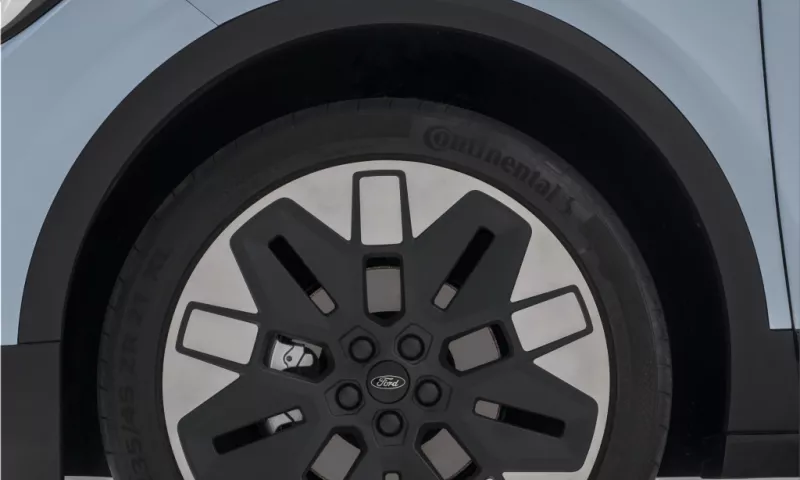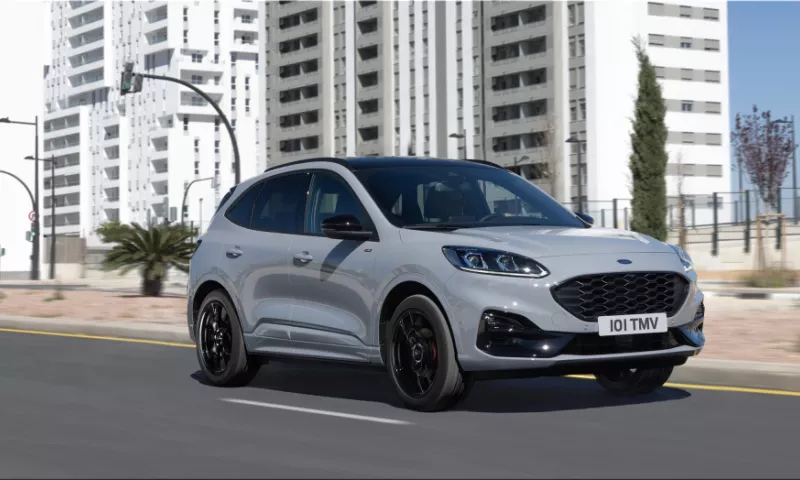The Ford Transit is 60 years old. Since 1965, this van has become a symbol of European productivity. Over 10 million units later, it’s still leading the commercial segment across multiple continents. The Transit isn’t coasting on legacy—it’s innovating, electrifying, and expanding.
This is a results-based look at how Ford Transit has maintained its relevance for six decades by prioritizing payload, efficiency, and adaptability.
Transit in Numbers: Productivity by Design
Here’s what Ford has achieved since launching the Transit:
- Over 10 million units produced globally
- Sold in six continents
- Four million Transit vans manufactured by 2000
- Annual global registrations neared 400,000 units in 2015
- Transitioned to electric with the E-Transit in 2022
The Transit wasn’t designed to be flashy. It was engineered to get the job done. That’s why fleet buyers choose it again and again.
1965–2000: Innovation on Wheels
The original 1965 Transit solved a basic logistics problem. Businesses wanted more payload, speed, and flexibility. Ford delivered with:
- Two wheelbase options
- Payloads from 610 kg to 1,782 kg
- Side loading doors and early adoption of halogen headlights and servo-assisted front disc brakes
By the 1980s, Ford made major changes:
- 1984: Introduced a 2.5-liter direct injection diesel
- 1986: First with a 0.37 Cd drag coefficient, reducing fuel costs by up to 8%
- 1991: Turbo diesel added, meeting tighter emission standards
In 1994, Transit became more refined with a quieter cabin (noise cut by 70%) and optional driver/passenger airbags. Ford kept production costs down while improving driver comfort.
2000–2010: Scaling for a Global Market
The 2000s marked the beginning of global Transit integration.
- Front- and rear-wheel drive built on the same platform
- First automated transmission (Durashift EST) in 2001
- The Transit Connect debuted in 2002, offering smaller fleet operators a purpose-built solution
- 2004: Production shifted to Turkey’s Kocaeli plant, optimizing costs and logistics
In 2006, Ford updated the Transit with ESP availability, expanded powertrain choices, and a dash-mounted gear shifter. These weren’t flashy changes—they addressed daily commercial use cases.
2010–2020: Electrification and Driver-Assistance Integration
This decade brought Ford’s serious push into tech.
- 2011: Added Auto-Start-Stop, speed limiter, and Euro V diesel compliance
- 2013: Transit Connect and Transit Custom both earned International Van of the Year
- 2016: Ford launched EcoBlue diesel engines with better fuel economy and reduced NOx
- 2019: Transit Sport lineup got 3.2-liter and 1.5-liter EcoBlue upgrades; new weight-saving materials improved payload by up to 80 kg
Ford shifted from hardware-only updates to integrated digital solutions:
- SYNC 3 connectivity
- Pre-Collision Assist
- Adaptive Cruise Control
Each upgrade focused on one thing: minimizing fleet downtime.
2020–2025: The EV Era Begins
Ford E-Transit launched in 2022 with up to 25 configurations, a 68 kWh battery, and a max range of 250 miles (402 km) in enhanced versions. The van includes:
- Pro Power Onboard: Converts the van into a mobile worksite generator
- Delivery Assist: Automates lighting, hazard lights, and door locks during frequent stops
- Upfit Integration System: Helps third-party conversions integrate with Transit’s digital systems
Ford also introduced:
- E-Transit Custom: With 337 km range and 1,011 kg payload
- E-Transit Courier: Smaller, electric-first van for urban use
- All-new Transit Connect: Plug-in hybrid introduced in 2024
Ford continues to cover every use case—diesel, hybrid, or fully electric—without disrupting payload, reliability, or cargo access.
